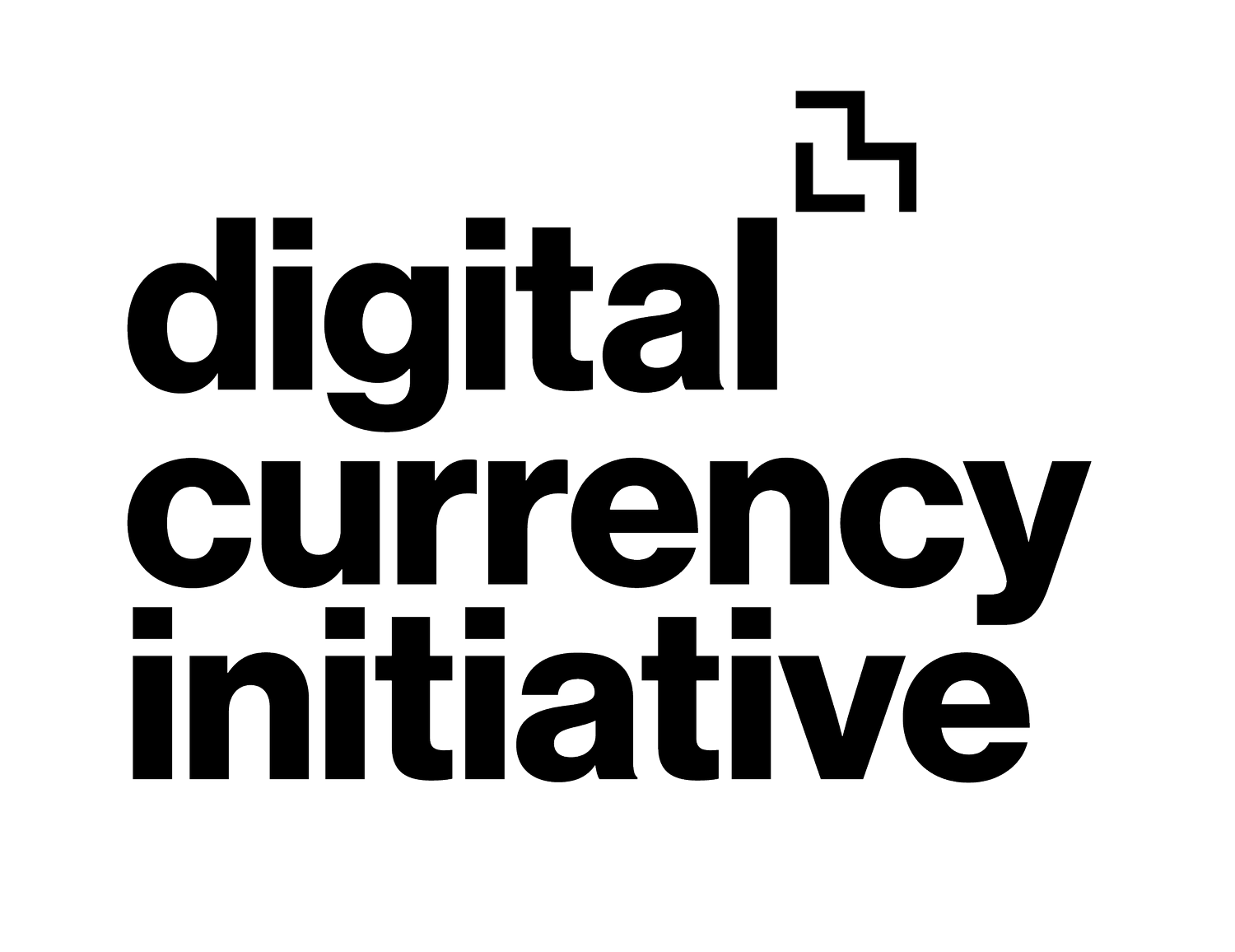Application of Programmability to Commercial Banking and Payments
This paper provides an overview of blockchain technology and smart contracts and explains how they enable multiple parties to deploy and execute code in a trusted manner on a common platform. It introduces the concepts of bank-side programmability and how it is enabled by allowing clients to deploy their logic, in the form of programmable instructions, in the bank’s environment. Through contrasting bank-side programmability with client-side programmability, the paper examines potential benefits and trade-offs, and highlights the design considerations of implementing programmability in payments.
Produced by a joint research team composed of staff from the Massachusetts Institute of Technology Digital Currency Initiative (MIT DCI) and Onyx Coin Systems at J.P. Morgan, this paper draws from the experience of MIT DCI in digital currency research and programmability to describe and explain programmability in the context of banking and payments. It draws additionally on real-world examples of how Onyx is applying programmability to solve clients’ needs to further elaborate on how programmability can be applied, and the expected benefits from doing so.
The paper will proceed to describe the application of programmability specifically to the area of commercial banking and payments. This will be achieved by using the examples in the context of a specific platform, namely JPM Coin and Programmable Payments, which are live products of Onyx by J.P. Morgan. The research team selected these existing products as examples of a digital currency platform that a financial institution could use to offer corporate customers the ability to automate some financial activities. Instruments offered by other providers may be suitable for programmability as well. References to JPM Coin or other offerings and services of Onyx, J.P. Morgan Chase & Co., or of other providers do not imply that MIT DCI has endorsed these products or services.
The use of live products and systems provides a real-world overlay on complexities of implementing programmability for banking and payments, highlighting not just technical considerations, but also business, governance and operational considerations in designing and implementing programmability capabilities for banking and payments.
The paper will then explore three potential use-cases relating to:
(i) dynamic funding in treasury management,
(ii) automated release of payments through third-party logistics providers, and
(iii) automated margin funding and settlement.
Through examples of real-world scenarios that clients face today, the paper describes and explains the opportunities, how programmability can be applied, and the expected benefits that programmability will bring. The paper also highlights forward-looking possibilities where programmability can be used to further improve the solutions in ways that are not viable with conventional architectures today.
The final section describes key areas that call for further exploration, including better means of managing concerns of applying programmability to banking and payments, and sets the basis of a research agenda for future exploration into this area.
This project was a collaboration with J.P. Morgan and Chase
Authors:
Weekee Toh, Global Head of Business Architecture for Coin Systems, Onyx by J.P. Morgan
Anders Brownworth, Senior Advisor, MIT Digital Currency Initiative
Robert Bench, Senior Advisor, MIT Digital Currency Initiative
Nicole Li, Student Researcher, MIT Digital Currency Initiative
Sazma Sarwar, Student Researcher, MIT Digital Currency Initiative
This project is a part of the Future of Financial Infrastructure research track

